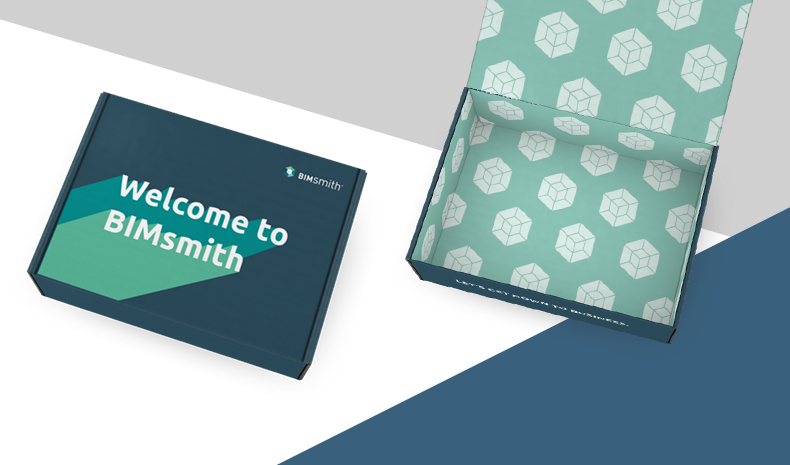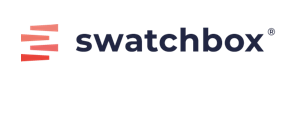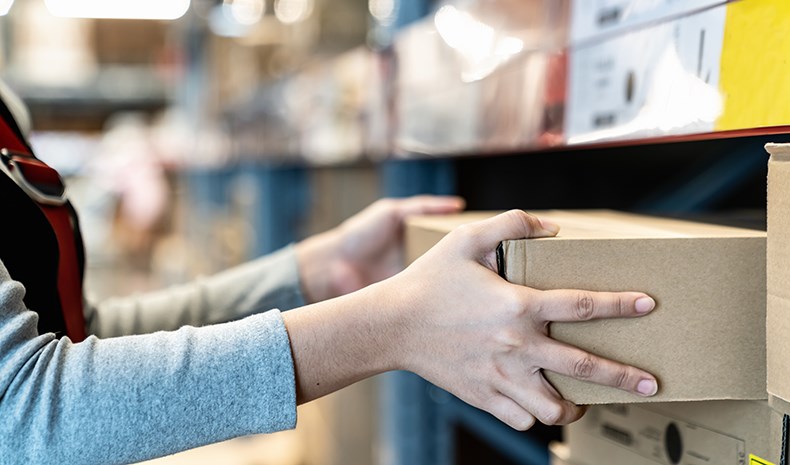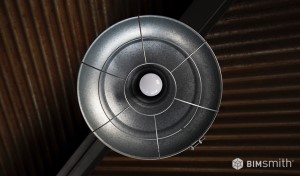Over 500 million pieces of mail are shipped every day in the United States.
If you’re a building product manufacturer, chances are that your samples are in packages somewhere among them. How do your sample boxes appear compared to their corrugated companions? Are they inconspicuous? Are they stamped with a “USPS Flat Rate” logo, or held together with extra tape to preserve the integrity of a recycled box found in the warehouse? Or do they stand out, carrying your brand proudly through the postal network to your prospects’ doorsteps?
The answer to the above questions says very little about the type of products you offer. In fact, knowing the quality of most products produced by many manufacturers, this packaging says nothing at all.
And that’s exactly the problem. When it comes to sending samples to your prospects, your sample packaging has the perfect opportunity to send a clear message about who you are as a brand.
Here are three pillars of custom sample packaging that will help you convert more prospects into customers and brand believers.
1. Your Brand Should Stand Out
If you had the opportunity to pitch a prospect on a potentially huge deal, you would likely pay special attention to every detail to make sure that your presentation went off without a hitch. From triple-checking the numbers to putting on your lucky shirt, you would want to guarantee that you could control the mood and outcome of the meeting due to careful preparation.
Now imagine walking into that meeting and handing over a tattered business card to your prospect: edges bent, phone number scratched out and re-written by hand, and with a stains of questionable origin all over. Of course you would refrain from actually doing this, because it would communicate a terrible message about you, the brand you represent, and the products you offer.
That’s exactly what often happens when brands pay no attention to the way that their product samples are handled. Stuffed into the nearest available box with the sole intent of getting it from point A to point B, it’s the equivalent of the CEO of your company showing up to a meeting in a junker car. Not good.
Now in a much better world, where your business card is hot off the press and the CEO’s car has been freshly waxed, a brand’s product samples will arrive in packaging that speaks to its quality, reputation, and interest in catering to its prospects.
“A brand's samples should arrive in packaging that speaks to its quality, reputation, and interest in catering to its prospects.”
This means, at the very least, your sample packaging should be in good condition. The box/envelope should be new and clean.
Next best is a scenario where your sample packaging stands out from the boxes around it. Maybe this is because it’s a different color, texture, or shape that catches the eye.
Best of all, however, is a world where your sample packaging carries your branding all over it. When this shows up in the office, your prospect (1) will have no doubt that you care about what they think and (2) will be eager to open it up and see what else is in store for them as part of your brand experience.
When it comes to sample packaging, that’s the standard for which to aim – a branded experience that engages, intrigues, and entices your prospects to want more.
2. Your Design Should Be Tasteful
Once you’ve committed yourself to making your branding a central part of your custom sample packaging, there are additional decisions that can make or break your prospects’ impressions. Primary among them is how the design of your branded packaging all comes together.
The first mistake many brands make when branding their packaging is to over-brand. There’s a tendency to drop as many logos, certifications, taglines, photography, and other branded elements as possible. Whether it’s due to an effort to “make the most” of the branding opportunity or simply a result of decisions made by committee, the outcome is one that can turn out to be counterproductive.
“The first mistake many brands make when branding their packaging is to over-brand.”
Especially when marketing to the world of architecture and design, there’s an elevated design standard by which brands must operate to make a positive impression. As much as a manufacturer might feel that their hard-earned certifications and product specs belong everywhere on the package that has room for them, the reality is that these are generally better left for printed pieces on the inside of the package.
This leaves your custom sample box free to be clean and free of any clutter that might distract from your brand.

Here are three tips for designing custom sample boxes:
- 1. Start from Scratch – It’s best not to start from something that was created for another purpose or matches some marketing materials that already exist, even if it’s easier or “safer.” Start the brainstorming process from the beginning, and you might be surprised by the creativity that you can put into your custom sample box.
- 2. Go Full-Color – On a very practical level, brown/kraft cardboard boxes are boring, and white cardboard boxes get really scuffed up as they make their way through the postal system. It’s generally best to have full-bleed color on the exterior of your box, and the darker the base color the better (to hide scuffs).
- 3. Look to Others for Inspiration – There are some amazingly creative companies that have designed beautiful boxes for their e-commerce platforms. There are very few examples of this in the building products industry, so drawing your inspiration from a series of more consumer-focused brands can help you get started if you’re having some creative roadblocks.
3. Your Samples Should Be Able to Stand Alone
Finally, it’s essential that you design your box to be disposable (and if possible, recyclable).
Why? Because despite the amount of creativity and effort you will have poured into your beautiful custom sample box, firms unfortunately don’t have room for boxes to be saved and archived. They needed a sample from you, and that’s what they’ll have room to save, along with any easily-filed printed collateral. The box will then be disposable.
That’s why it’s not necessarily desirable to adorn the box with product information and visuals, because its utility is short-lived. However, it’s a perfect role for printed collateral like one-pagers, booklets, and catalogs.
Not only is it easier for a brand to produce printed product data and marketing literature as separate pieces to place inside a box, but it’s more convenient for design professionals as well. If they do need to make quick reference to your sample kit, pulling out a piece of paper or booklet is easier than a box.
To take it one step further, rather than printing product data on a box or in loose printed collateral, why not apply the same information to a custom sticker that can be placed directly on a sample? That way, you can ensure that the most important information stays with the sample for the duration of its lifetime with your prospect.
Counting the Cost: Speed, Branding, and More
Of course, creating a brilliantly designed custom sample box takes a good bit of time, creativity, and resources. Packaging design isn’t typically one of the items included in employee onboarding, and coordinating people and materials to make it happen can be cumbersome.
Add onto that the fact that a branded sample experience is only part of the battle – you also need to be concerned about the speed of shipping, such as guaranteeing 2-day sample delivery. That’s where sample fulfillment platforms like Swatchbox come in to help you think through and execute every step of the sample fulfillment journey with precision.
At the end of the day, the more you can customize the journey your prospect takes with your brand, the more you’ll be able to steer the outcome of the experience in your favor – like a crisp, clean business card.
--
Ethan Adams
 Swatchbox is a premier sample fulfillment service for building product manufacturers. With proprietary software designed by insiders of the design community, Swatchbox helps manufacturers improve product sales and brand affinity by delivering material samples to the design community with speed, intelligence, and style. Learn more and join Swatchbox at www.swatchbox.com.
Swatchbox is a premier sample fulfillment service for building product manufacturers. With proprietary software designed by insiders of the design community, Swatchbox helps manufacturers improve product sales and brand affinity by delivering material samples to the design community with speed, intelligence, and style. Learn more and join Swatchbox at www.swatchbox.com.














